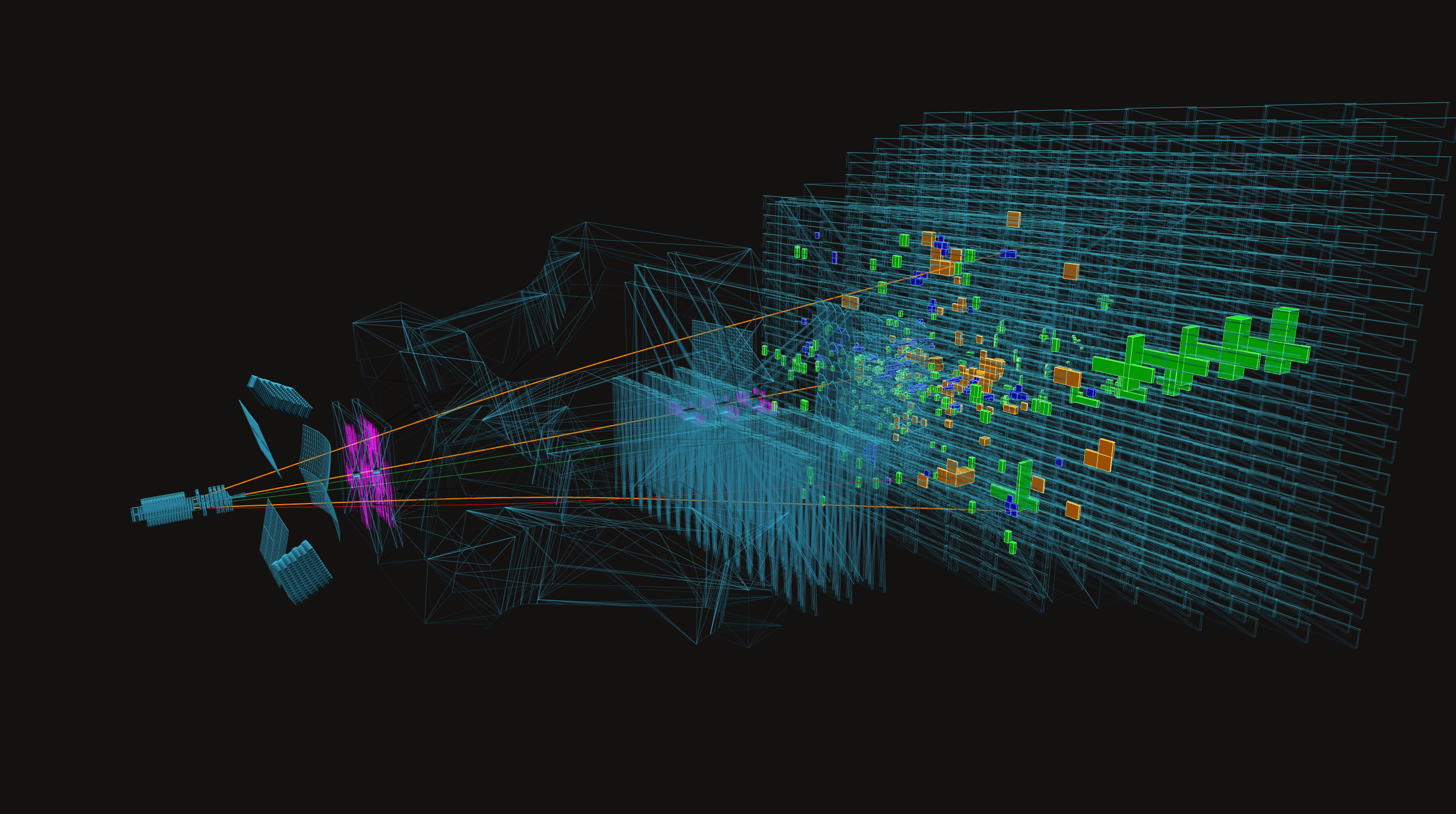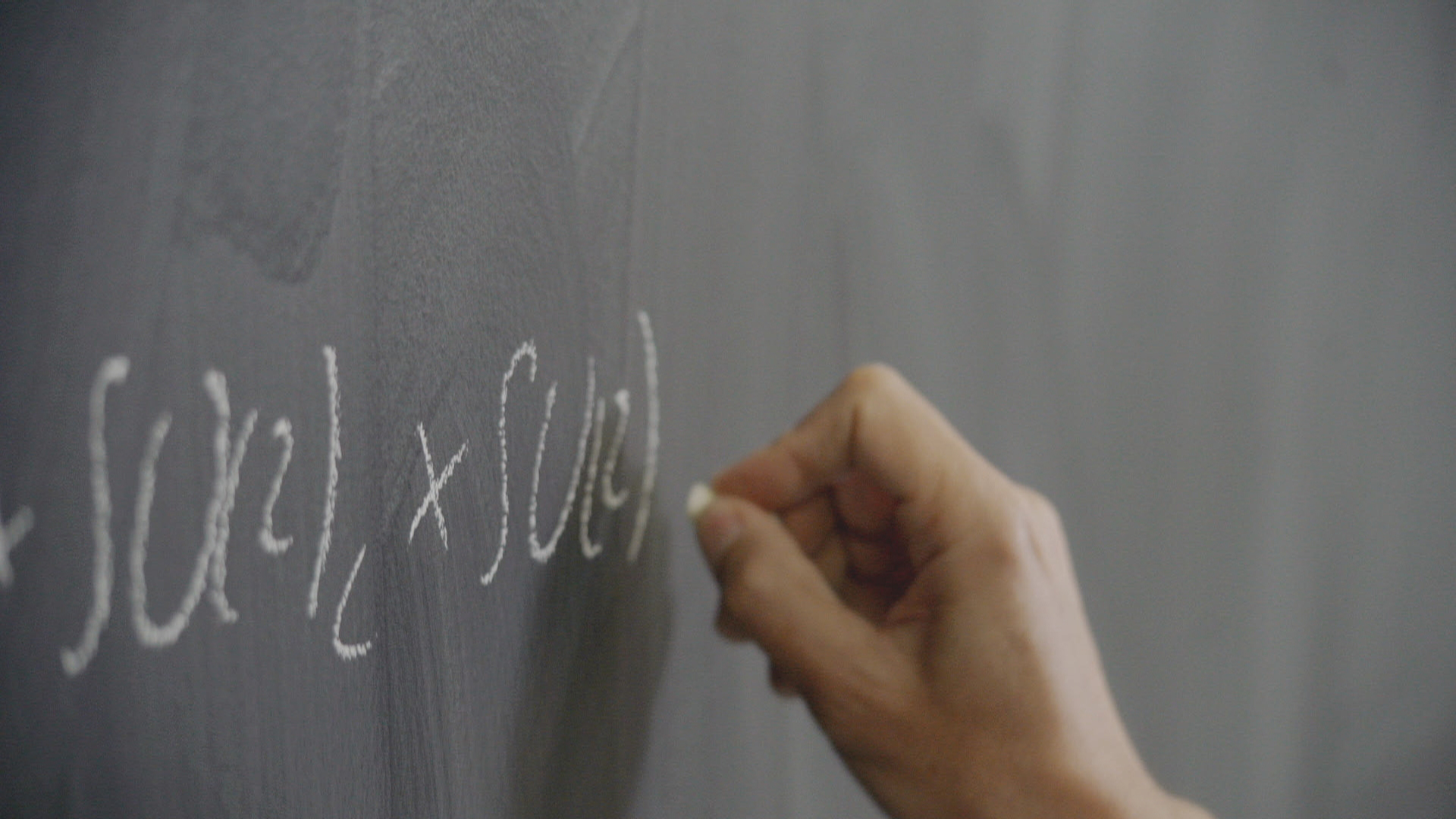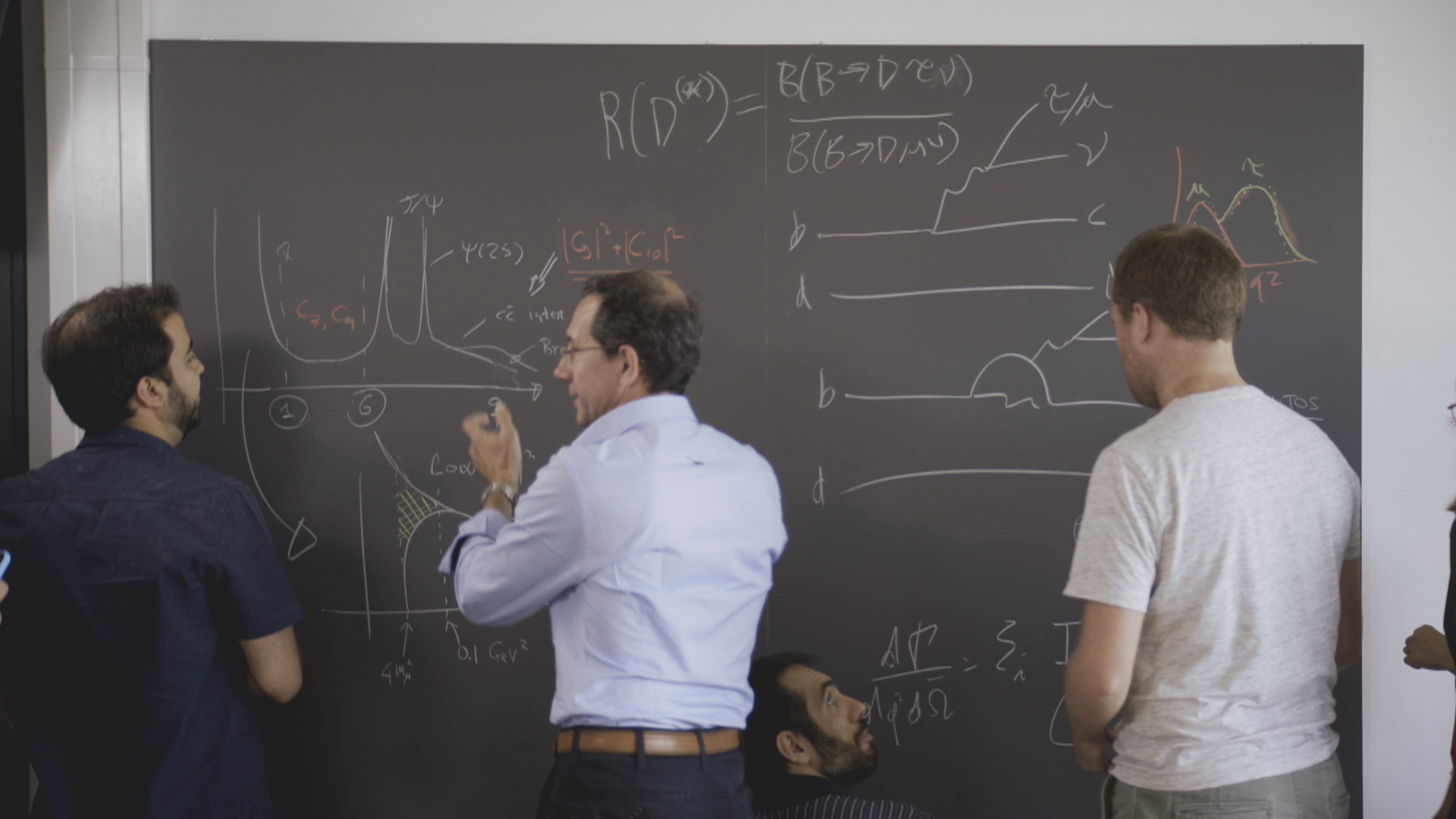Searching for rare events of B mesons
Looking for something unexpected
The most accurate description of what is in our Universe and how it works, is provided by the so-called “Standard Model” described in here. This is the theory that currently describes all the particles we know, and their interactions. However, the Standard Model leaves a number of open questions, and we physicists think that very important hints towards their answers are hidden in how particles decay, transforming themselves in other kind of particles. Therefore, we are very interested in measuring with extreme precision these processes, and in understanding if new particles are produced exactly as it is expected according to the Standard Model, or if there are differences that would force theoreticians to formulate new hypothesis.
Particles’ decays are phenomena naturally occurring in Nature, but in order to study them physicists need to let them happen in controlled conditions, allowing them to carry out very precise measurements. For this reason specific tools have been invented: particles accelerators, such as LHC at CERN, and detectors, such as LHCb, which is one of the detectors connected with LHC and the one at which our group works.
Producing new particles
In particle accelerators such as LHC, beams of protons are accelerated through electro-magnetic fields almost to light-speed. Different beams travel in opposite directions, and they collide in correspondence of four detectors. One of them is the LHCb detector, specifically designed to study process from B mesons (as briefly discussed in here)

The LHCb forward spectrometer event display
As a consequence of the collision, protons annihilate, producing energy and other kind of particles. These particles produced in the detectors are what we want to study.
Some of them have a relatively long life, others decay almost immediately, producing other kinds of particles. We can recognize them because each kind of particle can be associated with a different trace. We could say, to a slight extent, that we use the same approach of an explorer, who gathers which animals live in a wood by observing the traces in the snow.
How detectors work
Of course, recording traces left by particles is much more difficult that spotting traces on the snow. That’s why detectors are really sophisticated tools. They have usually a structure resembling that of an onion, and they are huge, with dimensions that can be of several meters (LHCb is: 21m long, 10m high and 13m wide and it weighs 5600 tonnes). Each layer is of a different material with which different particles interact in a different way. These interactions produce the emission of photons, or electromagnetic signals that are what we call “traces”, likewise those left in the snow. But even the traces in the snow are not perceived until somebody looks at them, In the case of the traces in a detector, the “eyes” are a system of very advanced sensors, embedded in the instrument. These record the appearance of the particles chased by physicists.
Unfortunately, as it is often the case, when the experiment is actually carried on many difficult may arise, as I explain in this video.
Exciting anomalies
All the efforts in improving our detectors and in making them more and more efficient can lead to results that might be exciting. This is the case of “anomalies” whose possible existence we have recently recorded in LHCb. Watch this video to find out what they are and why physicists are puzzled by them.

